Augmented reality industries are paving the way to a new and exciting future. Though, rapid growth often makes it hard to keep track of the industry and its constitute technologies. But have no fear, you’re about to learn all about this exciting field. You’ll see where it is now, where it’s going, and how to be part of it.
Quick Menu:
- Understanding Augmented Reality Industries as Part of the Larger Metaverse
- What Is Extended Reality?
- What Is Augmented Reality?
- What Is the Difference Between Augmented Reality, Mixed Reality, and Virtual Reality
- Different Devices to Experience Augmented Reality
- 19 Augmented Reality Industries Benefitting from AR Technology
- The VR Mirror of Augmented Reality Industries
- The Important Intersection of NFTs
Understanding Augmented Reality Industries as Part of the Larger Metaverse
Understanding augmented reality industries begins by first understanding the metaverse. You can best conceptualize it as a distinct world created through collaboration or merger between the physical and online worlds. It’s a full, boundless, 3D space that never turns off, and you can explore with others. When you do or make something in the metaverse, it persists just like in the physical world.
You can step into that world through virtual reality and a VR headset. But computers, game consoles, hololens, and even phones can access the metaverse. Different devices open up different ways to relate to the metaverse. Some bring you fully into the digital world. Others bring digital elements into the physical. But all blend and merge these two domains.
You can jump into the metaverse right now. But keep in mind that it’s still “fully” in development. It’s an experimental platform, and nobody knows what it’ll grow into. Part of the platform’s fun lies in the fact that there are many different visions for the metaverse’s future. You can discover even more of the metaverse’s wonders in the article “Metaverse Guide; Understanding The Basics Will Open Up a New World”.
What Is Extended Reality?
The previously discussed technologies are all part of extended reality (XR). Extended reality is an umbrella term that encompasses virtual reality (VR), augmented reality (AR), and mixed reality (MR). Of course, XR also contains any technologies that interpolate among them.
XR essentially describes any technology that works with a real-and-virtual combined environment, from the full immersion from slipping on a VR headset to partial sensory inputs. You’ll find elements of XR in everything from games to augmented reality industries. You can continue exploring XR in the article “Extended Reality; How is XR Changing the Digital World?”
What Is Augmented Reality?
The augmented reality aspect of extended reality focuses on integrating digital elements into a user’s environment. The process is accomplished seamlessly in real-time. And it’s this seamless blend of digital components into the user’s view of the world that is AR’s most crucial feature. AR can take the digital visual or auditory output and perfectly integrate it into the real world by overlaying it onto a device’s display.
This creates an interwoven merger of the online and offline worlds that truly augments a user’s perception of reality. And the experience can be delivered through a variety of different devices such as smartphones or glasses. Augmented reality industries can use these techniques to add a wide variety of digital information into the user’s environment. You can look into augmented reality’s past, present, and future in the article “Augmented Reality; Learn About AR Tech, Use Cases, Devices, and More!”
What Is the Difference Between Augmented Reality, Mixed Reality and Virtual Reality
Augmented reality industries leverage the platform’s ability to build upon your view of the physical world and augment it with digital overlays. Virtual reality differs in creating an entirely artificial reality for the user. Meanwhile, mixed reality sits in a middle ground between the two. You can find out more about the new realm of mixed reality in the article “Mixed Reality; Everything to Know About MR Technologies”. And you can discover everything you need to know to get started with virtual reality in the article “Virtual Reality; Discover VR, Its Components, Technology, and Players”.
Different Devices to Experience Augmented Reality
There are a variety of different ways to experience augmented reality. Mobile AR can leverage the hardware of mobile devices like smartphones and tablets. This is thanks to the fact that mobile devices typically already have the cameras and sensors needed to create and display context-sensitive elements within physical space. This class of devices also includes special glasses designed for AR. The glasses, such as Google Glass and North Focals, superimpose data onto the user’s field of vision.
Some glasses like Nreal Air can even beam virtual screens into an area. Consumers and augmented reality industries might also use full AR headsets. Headsets are bulkier than glasses but operate from a fundamentally different premise. And start-ups like Mojo Vision and Inwith have even created AR contact lens prototypes. The article “Metaverse Devices; The Best Gear To Enter the Metaverse” highlights even more hardware options.
19 Augmented Reality Industries Benefitting from AR Technology
It’s clear that augmented reality has a vast amount of potential. And this is what makes it such an exciting field. There’s so much potential in AR that every industry can create something truly unique from it. And there are, indeed, a vast number of industries already benefitting from the technology. The numbers are continually growing. But you’re about to discover some of the most exciting examples of AR industries.
Retail & Shopping
Imagine seeing what new furniture would look like in your home before you buy it. That’s exactly what apps like IKEA’s “IKEA Place” let you do. The app lets you preview how over 2,000 pieces of furniture would look in your home. It’s a prime example of how visualization aids augmented reality industries. In fact, Shopify shows that most consumers favor stores that provide AR services. The engineers and architects who make the products are often in AR industries themselves as it’s a fantastic way to sample material, layouts, and finishes before finalizing a decision.
Video: Say Hej to IKEA Place
Fitness
There are numerous reasons why fitness is among the augmented reality industries. One of the most important is gamification. The interactive digital elements of AR can motivate by making workouts feel more like a game. It gives rewards that help people maintain the motivation for successful health and fitness routines. Additionally, AR can add workout status updates and performance evaluations. VR can provide some of these benefits. But AR excels in the fact that it offers easy-to-use hands-free experiences. When all of this is taken together, it offers a clear path for users to reach optimal performance.
Video: A Fresh Wave of Fitness in AR
Healthcare
Healthcare has joined the augmented reality industries in two different areas. The first is the patient-facing element. NuEyes offers special AR glasses to help patients with visual impairment. And it’s even enabled legally blind children to recognize their classmate’s faces and read. Healthcare providers are also leveraging AR for their work. Doctors can use AR to practice procedures. And healthcare workers as a whole can use AR to make notes and documentation more efficient. It’s estimated that doing so can save up to two hours per day for the average physician. Plus the real-time nature makes the notes more accurate.
Video: How AR is revolutionizing healthcare
Marketing
Saying that marketing is a perfect fit for augmented reality industries is an understatement. One of the biggest reasons is that experiences are an inherent marketing goal. The ultimate intent of advertising is to build up solid feelings toward a brand through experience. And nothing beats actually interacting with a product. AR lets people do so without ever needing to be physically present. The technology provides a “try before you buy” experience on a new level. The article “AR Marketing; Top Examples of Augmented Reality Marketing” provides a detailed look into augmented reality’s impact on advertising.
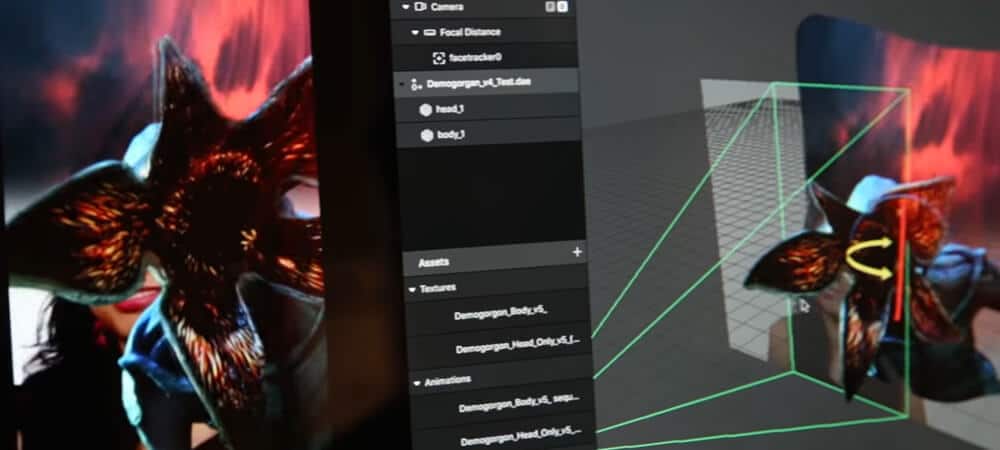
Image attribution: Netflix
Police
Police and public safety officers need to be able to handle various difficult and even dangerous situations. And those situations often involve the use of potentially hazardous equipment and techniques. Police are part of the augmented reality industries because AR can simulate all that and more as the “next step in police training”. The NYPD has used VR to train for active shooting encounters since 2019. And AR is currently used as part of the mission management for law enforcement using aircraft. An AR display can also overlay data onto an officer’s display to help guide him.
Video: Augmented Reality Mission Rehearsal from InVeris Training Solutions
Maps & Navigation
The rise of WiFi and Bluetooth was an immense boon to mapping and navigation. And the same is happening as navigation joins the augmented reality industries. The combination of these elements has made navigation more reliable than ever. Google Maps’ AR navigation is one of the best examples. You can actually see path indicators in the world around you as you walk around an area. Apple’s ARKit 5 also includes AR navigation tech, providing location anchors and better motion tracking. These capabilities can even integrate into cars. AR can display directions, weather, road conditions, traffic, and more on windshields.
Video: Google Maps AR First Look
Food Service
The term food services encompass restaurants, food carts and vendors, delivery services, and more. And they’re all benefitting from being part of the augmented reality industries. The food service industry can use AR to train staff and visualize menus. And it can even show customers a wide variety of options to enhance their dining experience. For example, imagine a restaurant that can show potential customers a 3D image of a delicious meal. AR tech can also work with food labels to offer additional information about nutritional facts. All of these elements help both food services and customers alike.
Video: Menu AR
Aerospace & Defense
The aerospace & defense industry works with various complex and intricate systems. Meanwhile, augmented reality instantly provides users with hands-free documentation and access to mission-critical systems or schematics. It’s easy to see why the aerospace and defense sectors have become augmented reality industries. AR is proving to be an invaluable way to streamline operations, perform maintenance, and even collaborate with people worldwide using live streams. Augmented reality has provided a much-needed hands-free solution to a variety of tasks. Even working with checklists is more efficient, thanks to augmented reality. It provides seamless, hands-free integrations.
Video: AR for Aerospace & Defense
Fashion & Beauty
One of the best aspects of augmented reality industries is their ability to let people see how an item will integrate into their lives. Companies focused on fashion, and beauty can leverage that attribute to let people see how they’d look using cosmetics, wearing new outfits, or even relaxing with new home decor. AR can let users see 3D representations of whatever they’re interested in. And more advanced AR clothing systems can even map clothing onto a user’s body. The process takes the guesswork out of shopping since you can see how something looks on you.
Video: Cosmetics Augmented Reality Experience
Archeology
Archeology is often focused on discovering hidden elements within modern landscapes. It’s become part of the augmented reality industries thanks to AR’s ability to superimpose archeological features onto a site easily. Some tools, like the VITA (Visual Interaction Tool for Archaeology), take this idea even further. VITA lets people collaborate in their work and see instant excavation results without ever needing to go on-site. A user can mutually “navigate, search, and view data”. These augmented reality systems can supply multimodal collaborations which mix the physical world with digital imagery. You can see reconstructions of the past within the present.
Video: AR Archeology 9500 BC
Arts
The arts are a natural inclusion within augmented reality industries due to their visual elements. But artists aren’t simply putting their creations out for passive display. Instead, they’re using AR to create experimental works within this new and exciting medium. Artists often describe AR as a new form of self-expression. It’s a way to actively engage with fans, the larger market, and monetization. Meanwhile, art connoisseurs can enjoy seeing these works brought to life no matter where they are. Some forms of AR art do require special apps or headgear. But other forms let users explore art with hands-free technologies.
Video: Augmented Reality Art Tool
Mining Industry
The augmented reality industries often leverage AR to power, especially delicate work. And that’s precisely why it integrates so well with the mining industry. Mining tools and the environments where they’re used are an essential part of the process. And AR makes it easier for experts to examine all of those elements and more. This can even be done from a remote location. What’s more, AR smart glasses can also allow users to zoom in for closer inspections. The glasses let people examine even the most delicate or hard-to-see areas to protect safety and efficiency.
Video: How augmented reality is helping mining and resources operations
Education
Augmented reality industries typically tie physical elements into the digital world. And that’s been one of the driving forces for educators working with AR. Textbooks and other educational materials can have printed “markers” that are picked up by AR hardware. An AR device that picks up the marker can then introduce supplementary material. For example, consider a student opening up a textbook. His AR system might note a marker and superimpose relevant audio or video content. This could even be interactive. And more advanced systems could even let students experience simulations of historical events in order to understand them better.
Video: Augmented Reality in Education
Maritime Industry
The maritime industry as a whole is facing a lot of new challenges. Sustainability, in particular, is posing some unique issues. But, at the same time, inclusion among the augmented reality industries provides many solutions. One of the biggest boons found with AR has come from its ability to open up remote assistance. Experts in any part of the world can perform inspections, training, and maintenance. The benefits of AR are also part of a larger-scale push to digitize the industry’s resources and move toward full engagement of the larger workforce and enhanced efficiency.
Video: Augmented Reality and HOLO Lens
Industrial Manufacturing
Using paper documentation to work within industrial manufacturing can be a significant issue. Aside from the complex machinery, people must deal with its maintenance history and other issues. The switch to inclusion within the augmented reality industries means that those efforts have been streamlined. AR lets people access that same material hands-free. It’s also easily updated to match any new technologies brought into the more extensive system. This is a fundamental change, as anything increasing an operator’s safety is essential within the industry. AR helps workers finish jobs more efficiently while staying safe.
Video: Augmented Reality for American Manufacturing
Gaming
Gaming, metaverse brands, and extended reality often come together into a singular whole. And it’s readily apparent that gaming has an essential place among augmented reality industries. You’ll find a variety of AR games that have been specially developed for dedicated indoor environments. This includes digital versions of classic games like AR air hockey and pool. And you’ll also find new ideas like Titans of Space. And of course, Niantic’s Pokémon Go is an iconic example of AR gaming. Even Disney is joining in to create Star Wars: Jedi Challenges through a partnership with Lenovo and its Mirage AR headset.
Video: Tilt Five – Gaming With Tabletop Holograms
Sports Live Broadcasting
Sporting events have used augmented reality for some time. For example, broadcasts often show a yellow “first down” line in American football. By doing so, fans can easily determine where a team needs to cross for first downs. This same principle has been expanded upon to integrate sports broadcasts among the augmented reality industries fully. Swimming matches provide another example, as lines are often overlaid on the water to indicate a record holder’s position. These techniques can also be used in marketing. Football and other sports like cricket and ruby often overlay advertisements over areas of a playing field.
Video: Enhancing sports broadcasts with 5G
Automotive Industry
Accuracy and efficiency are important parts of most industries. But it’s especially true within the automotive industry. Automotive workers need to implement instructions perfectly on the fly when they’re on the assembly line. And the fact that the automotive industry is among the augmented reality industries has made that a far easier prospect. Workers can receive and implement instructions over AR displays. And they can even go over documentation without being distracted from an ongoing task. Workers can even receive instructions for machines they’re working with overlaid on top of those components. It increases speed while reducing human error.
Video: Automotive Industry using Augmented Reality
Logistics
Logistics are a core component of most other businesses. As such, it’s an immensely valuable addition to the augmented reality industries. AR is used in warehouses to help access packing lists and create optimal routes. Devices can also analyze items for damage, determine the best cargo sizing, and fit it all into loading spaces in the best possible way. Much of this comes down to optimization and customization. The augmented reality systems let you take your individual need and fit it into your own unique collection of resources. The end result is every piece of the puzzle working perfectly.
Video: Vision Picking at DHL
The VR Mirror of Augmented Reality Industries
You can find a mirror of sorts to augmented reality industries in VR. There are just as many industries creating remarkable advances through virtual reality. Metaverse companies are, of course, a big part of that. But you’ll also find many instances where people have leveraged VR to model the physical world perfectly. This includes surgeons honing their skillset in simulated procedures, construction firms showing off what a project will look like on completion, and more. You can delve into VR industries in the article “Virtual Reality Industries; An Overview of All Sectors Using VR”.
The Important Intersection of NFTs
Augmented reality industries often use technology as a standalone tool. But it’s important to remember that AR is inherently linked to the metaverse. And this means that AR can also be used with the blockchain. This offers support for NFT and the larger system of metaverse crypto. For example, NFT art brings many aspects of the art world into digital spaces. And this can be easily tied into AR. You can find the unique elements of NFTs and how they converge with AR in the article “NFT Meaning for Various Industries; How NFTs Disrupt Digital Markets”.
Keeping the larger metaverse meaning in mind is vital as you think about the augmented reality industries. All of these impressive technologies are capable of incredible feats. But it’s your use of them that will create a new future.
Did You Like This Article About Augmented Reality Industries?
You might also be interested in the following articles:
- Metaverse Meaning: Different Ways of Defining the Metaverse
- Microsoft HoloLens; What You Should Know About Microsoft’s MR Glasses
- Google Metaverse; Google’s Take on the Digital Universe


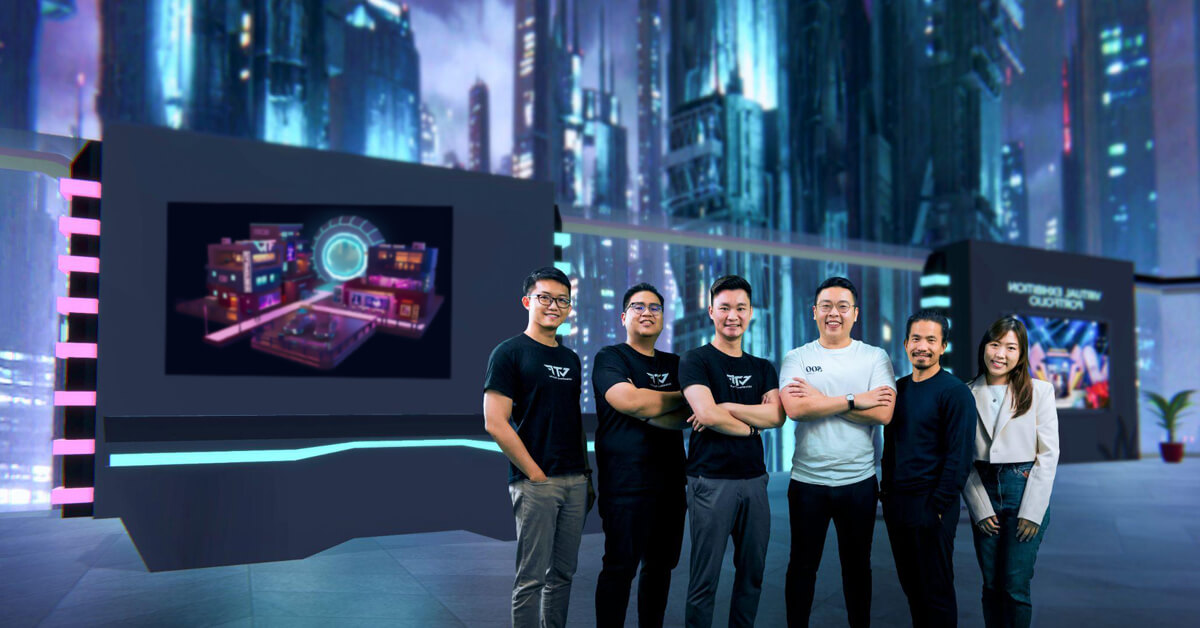

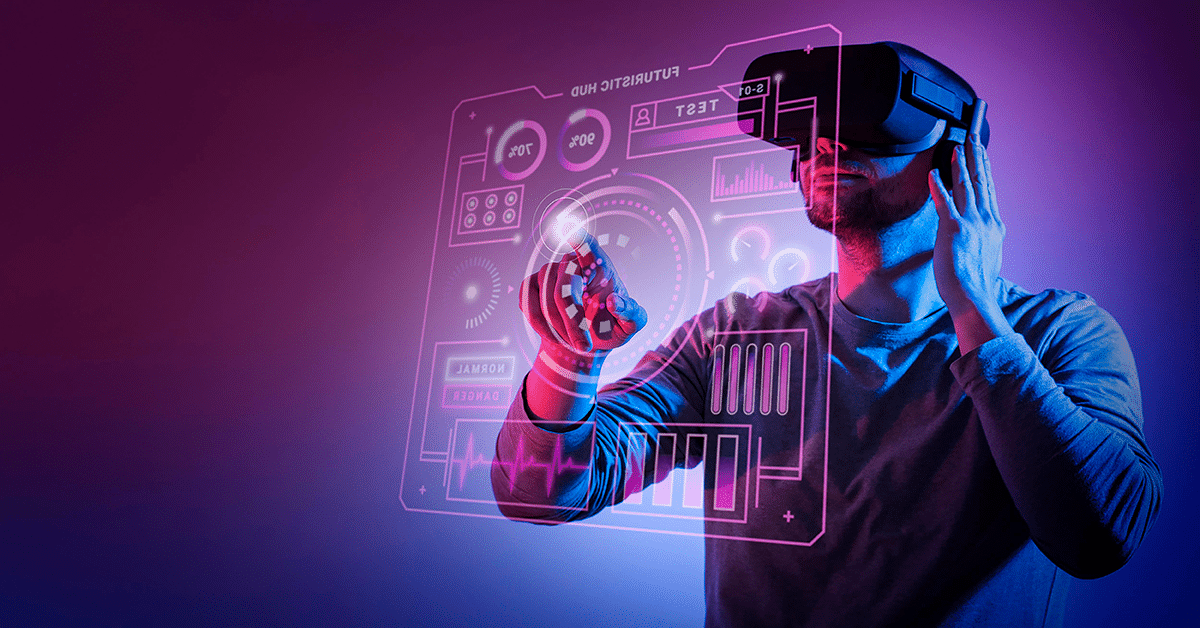
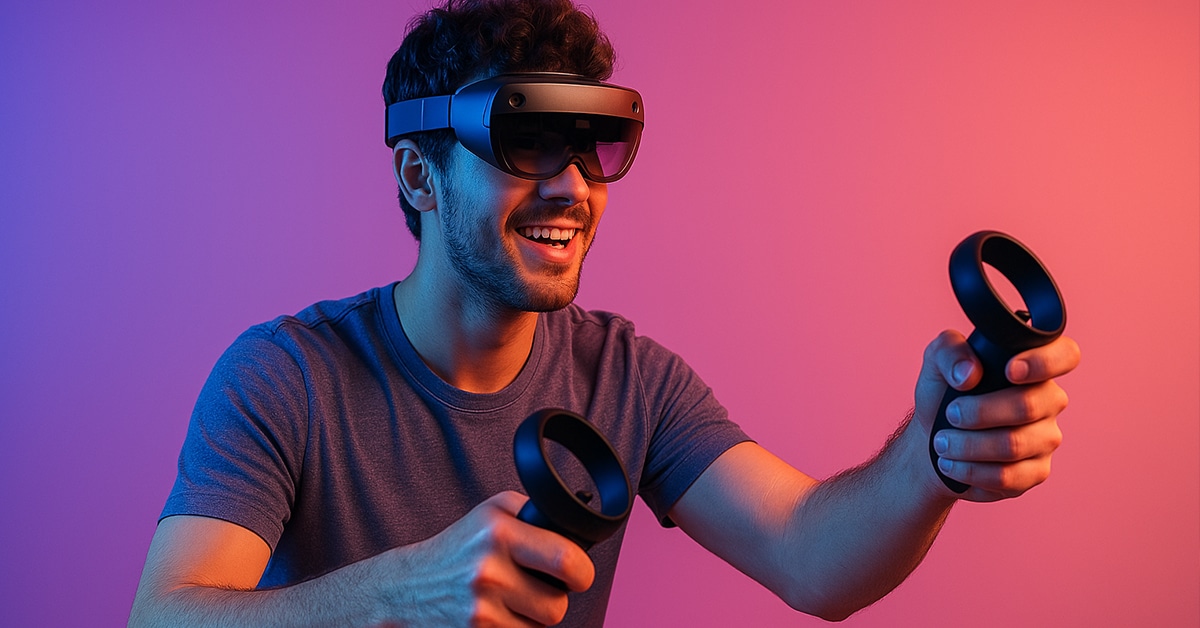
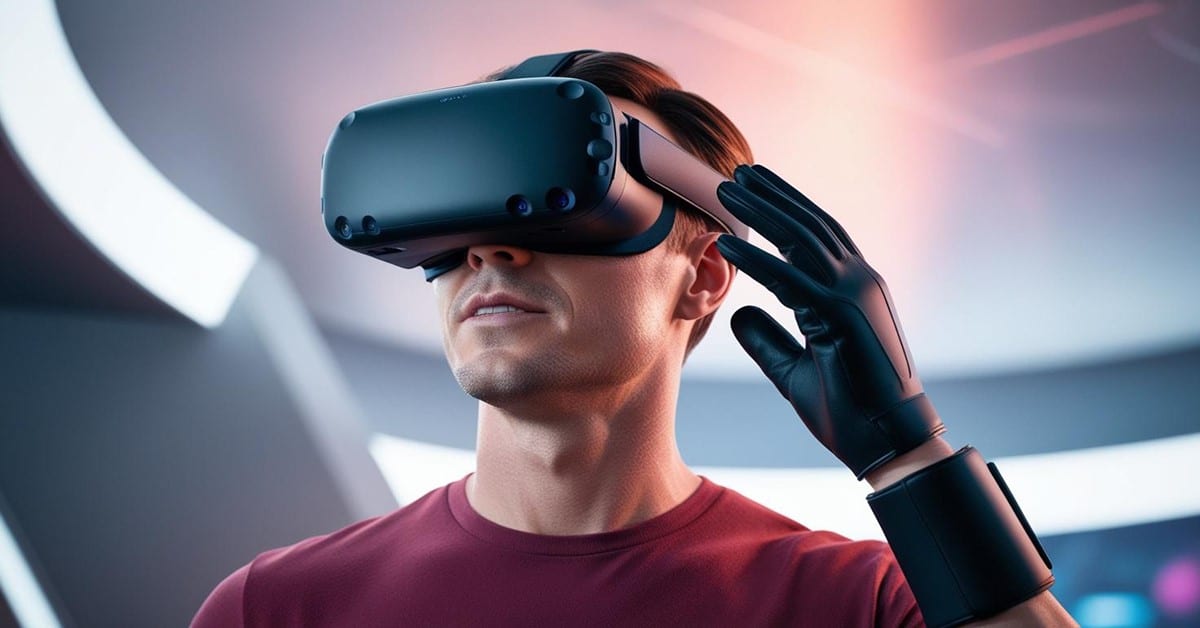


Leave A Comment